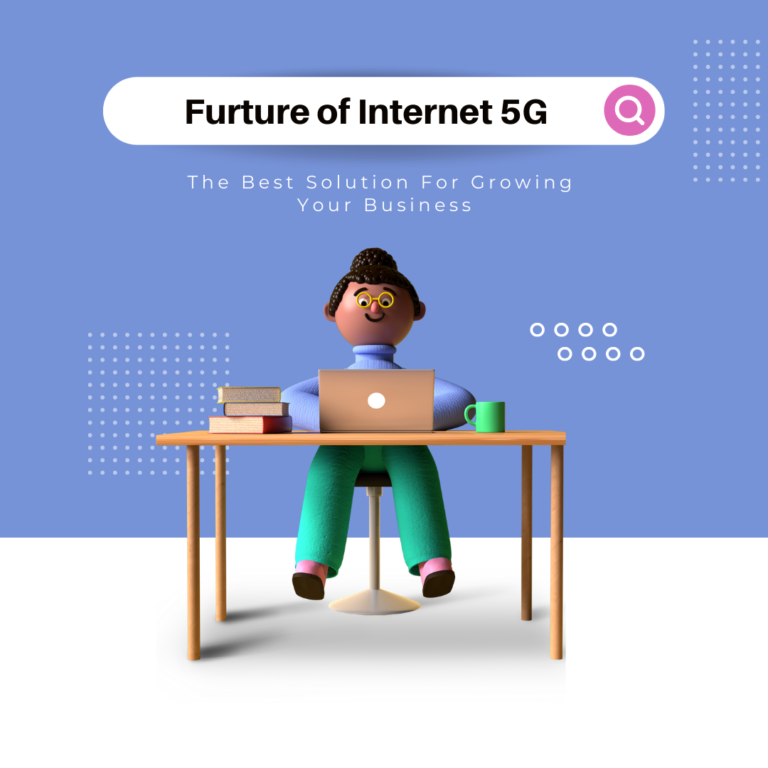What might be the consequences of 5G on the Digital Marketing industry?
The rollout of 5G has formally commenced. Consistent with the look at by way of Qualcomm, 5G turned into available in India 2022. 5G brings higher pace and lower latencies for our mobile studies. Further to this, 5G is going past those advantages. As stated by means of economics, 5G is predicted to make contributions to TWELVE POINT THREE trillion of global financial output by means of 2035. Additionally, our discipline, the virtual advertising and Digital marketing industry, will be significantly impacted by 5G. In this text, we will take a look at what 5G is and how 5G could be a recreation changer in the virtual advertising and Digital marketing industry
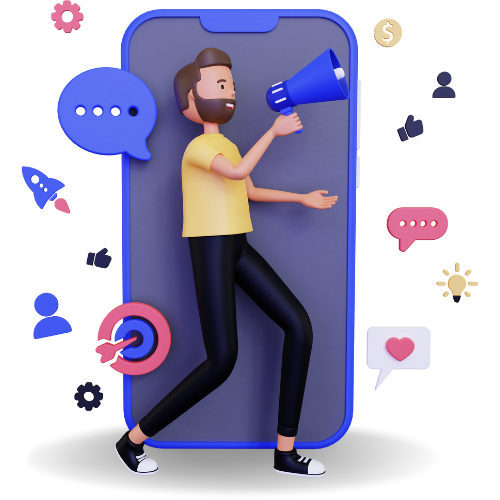
What is 5G?
5th-generation Wi-Fi (5G) is today’s iteration of mobile technology, engineered to significantly grow the rate and responsiveness of Wi-Fi networks. With 5G, information transmitted over wireless broadband connections can travel at multi-gigabit speeds, with capacity top speeds as high as 20 gigabits consistent with 2nd (Gbps) by way of some estimates. Those speeds exceed wireline community speeds and provide a latency of under five milliseconds (ms) or lower, which is useful for applications that require real-time remarks. 5G will permit a pointy growth in the number of statistics transmitted over wireless systems due to extra available bandwidth and advanced antenna technology. 5G networks and offerings could be deployed in levels over the following several years to house the growing reliance on mobile and net-enabled gadgets. Overall, 5G is expected to generate a variety of new programs, make use of and commercial business cases as the technology are rolled out.
How 5G will Impact the virtual advertising and Digital marketing industry
There are three different ways where 5G will bring about modifications to the digital marketing industry.
1. 5G will permit high-capacity, high-speed connection, that allows you to accelerate using rich media ads along with video ads.
2. We can see new media (i.e. Verbal exchange channels to connect customers) created by way of promoting the use of IOT.
3. The utilization of dynamic commercials and the usage of real-time information can be more distinguished
*Rich Media
A. Video Ads
B. Rich Media Ads
C. VR (Virtual Reality)
D. AR (Augmented Reality)
*New Media
*Dynamic Advertising Using Real-time Data
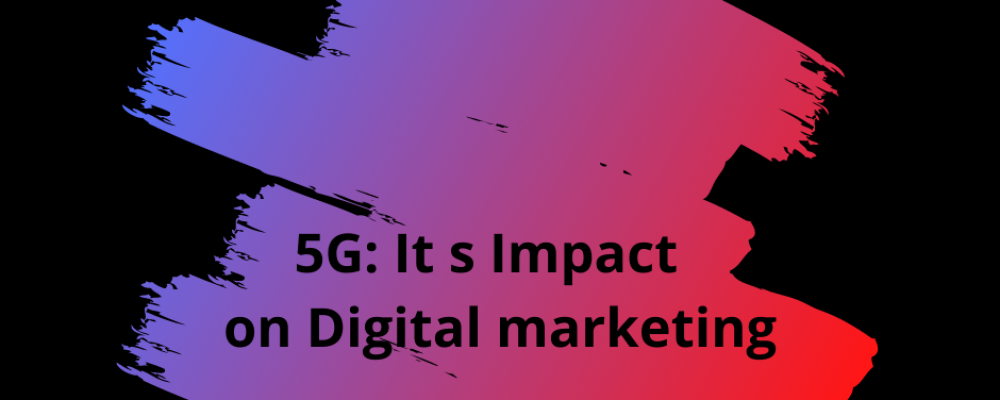
A.Video Ads
Video advertising and marketing has been one of the maximum mentioned topics within the digital advertising industry for the past few years. With the proliferation of YouTube, TikTok, Facebook, Instagram, Twitter and different platforms that allow users to effortlessly post videos, everyone can now Stream movies everywhere whenever on their smartphones.
According to a survey using Statistics, 62% of online video viewing is said to be via mobile, and with this, the devices on which video ads are consumed up are shifting from computers to mobile. With the modern 4G, it has been tough for advertisers to upload high-definition and lengthy-duration videos because of the time it took to load videos and internet connection expenses the user desires to pay for(*). With the availability of high-speed, high-capacity connection through 5G, advertisers can easily supply high-definition and lengthy-duration videos which are much more likely engaging to users.
B.Rich Media ads
Ads Conventionally, online advertising rents static images or videos to deliver products’ selling points, and then lead fascinated customers to landing pages with designated product description, wherein the person can gather greater statistics or make purchases.
Lately, however, advertisers have started the usage of rich media ads that may show elaborated facts and get users’ engagement on banner advertisements themselves. This trend is predicted to accelerate with 5G turning into widely available.
This is how it works: especially, you may swipe through ads to look for information on a couple of merchandise, and you may play games and answer surveys on ads.
C. VR (Virtual Reality)
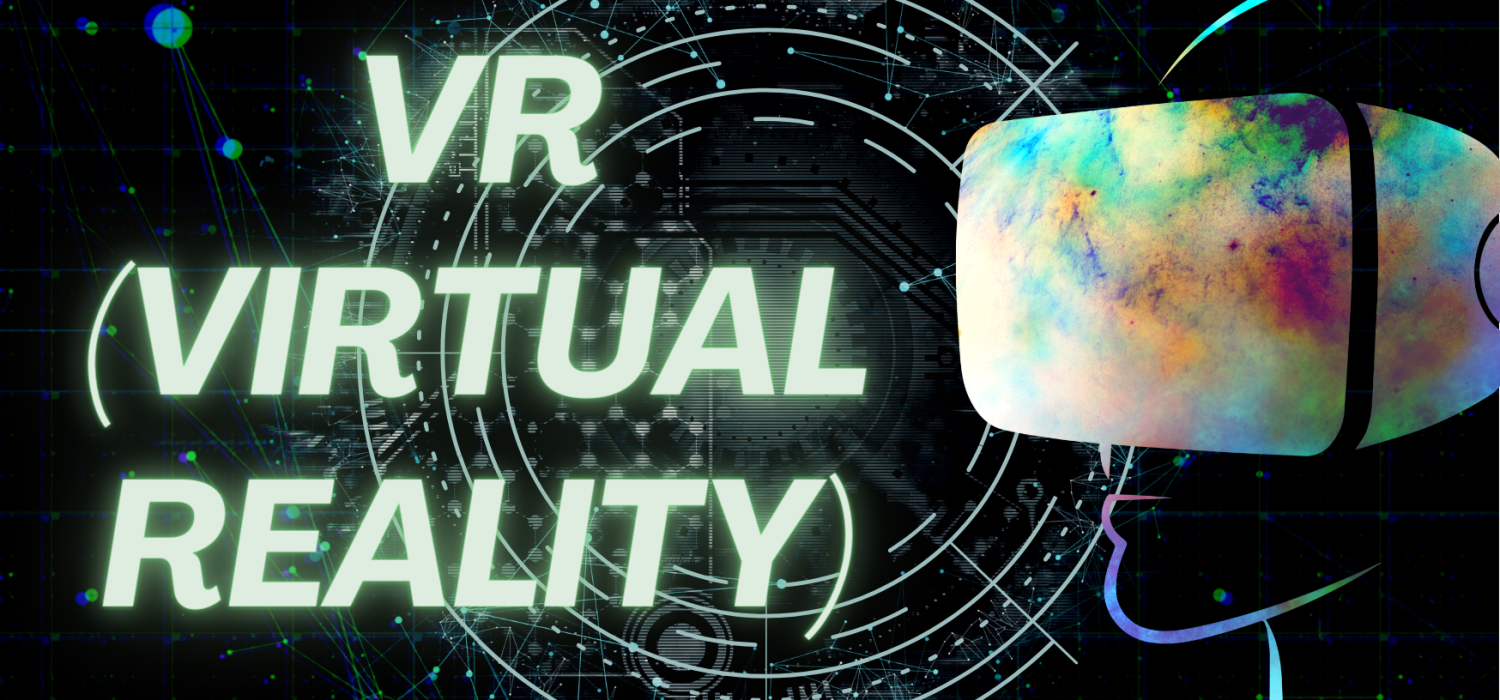
VR is short for virtual reality. VR refers back to the computer-generated simulation wherein a person can interact within an artificial 3-dimensional surrounding using unique electronic gadgets, together with special goggles with a screen or gloves fitted with sensors.
Looking in VR motion pictures that permit you to see the virtual world 360° gives you a realistic experience.
Using VR commenced particularly from the enjoyment industry, providing customers tour studies, sporting events, music concerts, and immersive gaming reviews on the consolation of domestic. Additionally, in the advantage of 5G’s “a couple of simultaneous connections,” customers can put on VR goggles whilst attending sports or track events and revel in films from more than one angle at an identical time.
There have also been instances in which VR is used for actual property previews and scientific education.
On the other hand, as the variety of VR content will increase, there are excessive expectations for VR advertising structures and VR marketing creation offerings to monetize VR content.
D.AR (Augmented Reality)
AR, brief for augmented Reality, is an interactive experience of a real-world environment where the gadgets that reside within the actual global are improved by means of computer-generated perceptual data, from time to time throughout multiple sensory modalities, which include visual, auditory, haptic, somatosensory and olfactory.
One famous service that employs AR is the mobile game app Pokémon Go, which mixes real-international backgrounds with Pokémon characters.
As AR-based communiqué is much more likely to draw energetic person movements and be the talk of the city, we are positive that we can see extensive usage of AR in marketing of the 5G generation.
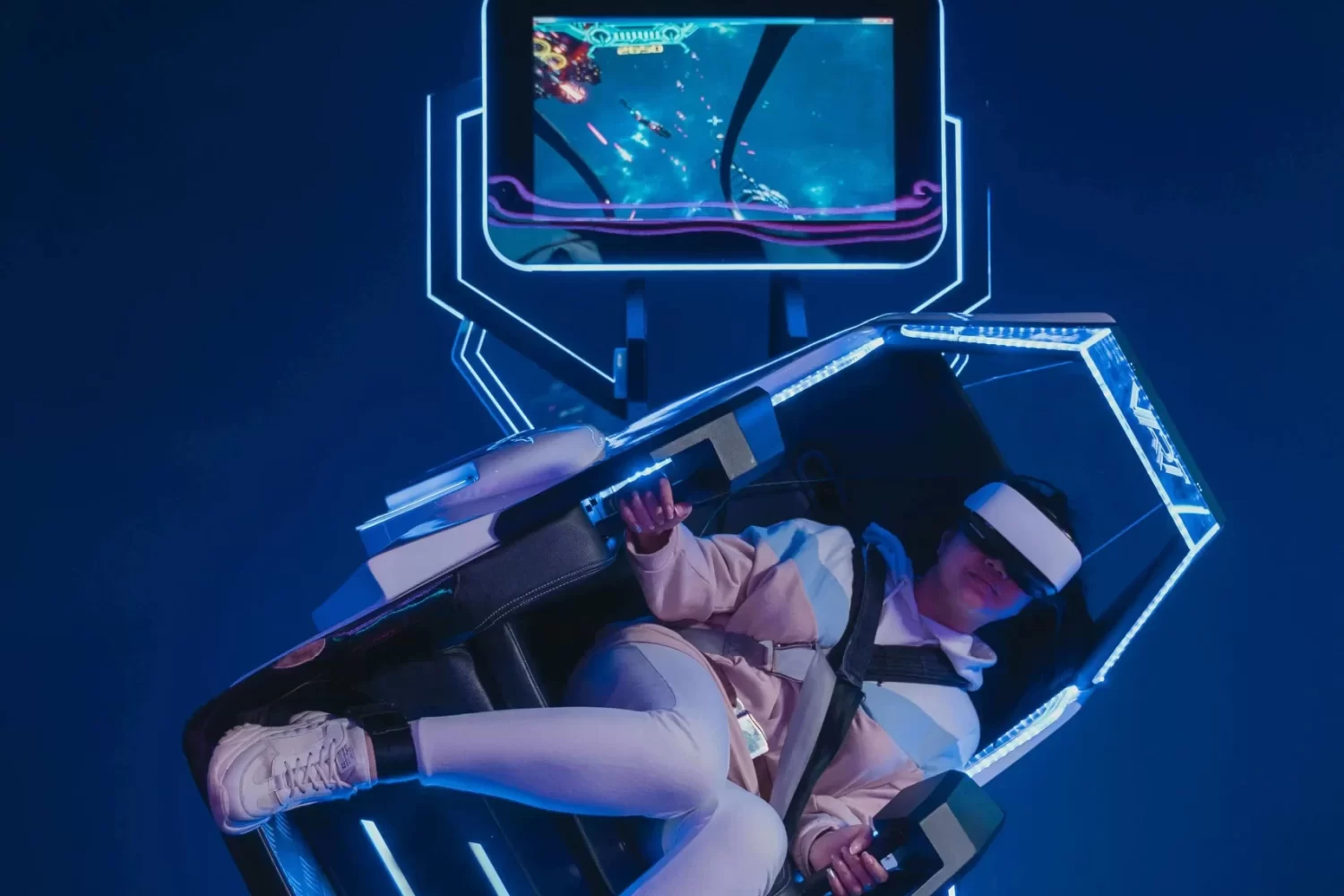
2.The New way media 5G on the Digital Marketing
The second way where 5G will closely affect the virtual advertising and digital marketing industry is that the technology will result in new media. With 5G’s excessive capacity, high-speed connection and the IOT generation blended, we will start to see digital ads introduced through specific sorts of “gadgets (media)” apart from computers and smartphones.
As an example, public transportation structures which include taxis, trains and buses have already begun to install screens and deliver marketing.
You’ve likely seen greater digital signage in shopping department shops and train stations.
We have also visible technology that became home windows on trains into monitors for ad display.
The smart mirror, which connects to the internet and displays records, is likewise all the rage these days. A few hair salons have begun using smart mirrors, making it possible for hairstyle catalogues to be proven digitally and to play videos for the salon’s clients even as cutting their hair.
Consequently, inside the 5G technology, we are able to be seeing extraordinary forms of “displays”, that have never earlier been used for the purpose of information relays linked to the internet, thereby developing extra channels of communication for clients. Now greater than ever, advertisers need to don’t forget the purchaser adventure and deliver the proper message to customers at the right time, via the right media and with the proper techniques.
3. Dynamic Advertising Using Real-time Data.
Any other way in which 5G’s influence can be felt in the ad enterprise is the growing use of dynamic advertising and the usage of actual-time statistics. As stated in advance, we can be seeing the emergence of the New media inside the 5G technology. Those new media will change statistics with our devices immediately through IOT. Additionally, they could use cameras and microphones to decide the attributes of their visitors, which will give you nevertheless extra personalized advert content.
In a long term, the usage of statistics to show personalized ad content has been a common practice in internet marketing. However, in the 5G technology, it will be possible for advertisers to apply IOT technology to gather a spread of data and analyze it in real-time to dynamically deliver content to smartphones and ooh devices as nicely.
For instance, last year clever mirrors with built-in cameras and microphones were established in a powder room at Shibuya station in Tokyo, and the seller installing the mirrors commenced presenting a real-time promoting service for beauty brands primarily based on consumer behaviour.
Smart fridges also are beginning to appear on the market, with LCDs at the door that recommend menu gadgets based on the user’s food buy histories and send facts approximately promotions on the nearby grocery store.
